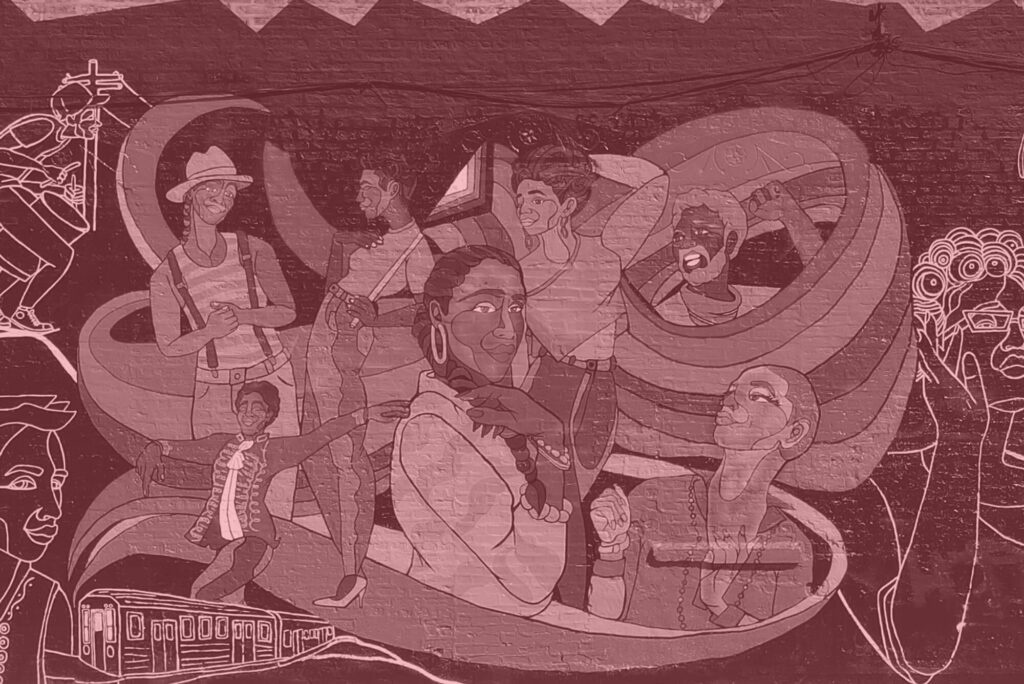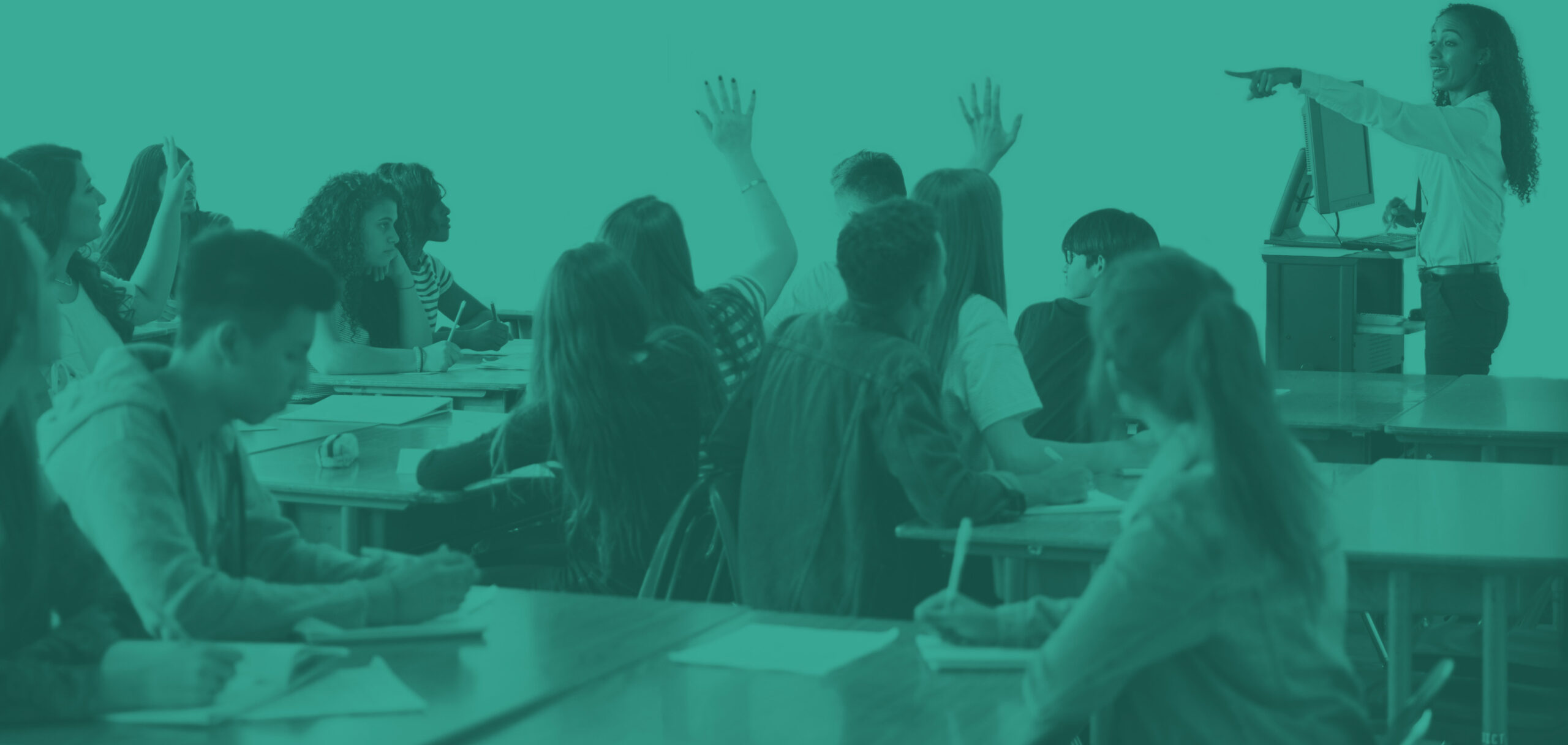‘’Through education we build the foundations of society, the problem is that the foundations of the Dutch education system as well as the European education system are, at large, incomplete’’. This is how Karim Amghar opened his online workshop on interactive and creative teaching methods on Monday 29th of November 2021. In a two-hour session, Karim shared his vision and insights as a teacher, writer and documentary maker on the importance of equal opportunities for students within the educational system. He also talked about methods to address diversity, inclusivity and migration in the classroom. Apart from the TIES team members, high school teachers from across Europe were present.
For Karim Amghar, addressing educational (in)equalities, diversity, inclusion in the classroom is the crucial starting point to teach larger societal phenomena such as migration, discrimination, racism and other axes of exclusion. Diversity is often thought of as being mainly about gender and ethnicity, while it also concerns more intangible aspects such as personal opinions, political standpoints, language skills, and socio-economic background. On a similar note, feeling included is often an emotional and intangible matter: inclusion is about whether one is able to be who one is – in the classroom but also in society at large. In this context, stereotypes and unconscious biases play a major role. By opening up the conversation about diversity in the classroom, discussions can then take place about larger societal issues and students’ opinions on sensitive topics.
Karim made clear that most of the judgements and opinions we carry stem from unconscious and conscious stereotypes we hold about others: We all carry biases with us as individuals, including teachers! During the workshop we collectively brainstormed for example on common stereotypes about women in society. Karim stressed the importance of doing such exercises and summing up stereotypes in order to become aware of them and ultimately let them loose their grip on our daily interactions. Stereotypes about others are embedded in our unconscious biases from which a lot of our daily actions emerge, while we might assume that we are aware of our value and judgement systems. Social media and influencers also play a major role in building students’ unconscious bias, especially as the ‘social’ part of our brain is most active until the age of 23.
Making students aware of their stereotypes and unconscious judgements allows to open up the conversation and cultivate more diverse and nuanced outlooks on different groups of people in society. Such conversations are likely to create some discomfort but, according to Karim, this is not problematic as such as discomfort actually triggers behavioral change, as long as it takes place within spaces which feel safe to all participants. A key point here is to start addressing diversity as something powerful and positive rather than regarding it as a problematic or difficult subject.
‘Making students aware of their stereotypes and unconscious judgements allows to open up the conversation and cultivate more diverse and nuanced outlooks on different groups of people in society. Such conversations are likely to create some discomfort but, according to Karim, this is not problematic as such discomfort actually triggers
behavioral change, as long as it takes place within spaces which feel safe to all participants. A key point here is to start addressing diversity as something powerful and positive rather than regarding it as a problematic or difficult subject. One way to do so is through a dialogue-centered teaching method called the ‘Talking Stick Method’. You can find the video and accompanying instructions shared by Karim on how to use and facilitate this teaching method in your classroom HERE.
Building on these insights, here are 10 strategies for teachers on how to allow for constructive discussions on diversity and topics related to migration and discrimination in the classroom:
- Build safety by opening up a dialogue (letting students speak from their perspectives) rather than by value judgments (presenting facts and then indicate the right/wrong side of the debate).
- Invest in fruitful dialogue during ‘peaceful times’, when the atmosphere in class is positive and calm, rather than starting a dialogue when something went wrong – practice in good times, use in bad times.
- When engaging in a dialogue with students, acknowledge at the beginning that feelings are important. Start by asking students about their feelings concerning a topic at hand. In general, people are more comfortable starting a conversation from their own perspectives than from facts.
- Sharing how you as a teacher feel at the beginning of a session can help students to relax. Share something about your morning/day, open up and be vulnerable in sharing personal stories.
- When addressing stereotypes, ask students to give practical examples in order to confront them later. Know that it is alright to feel uncomfortable in the classroom. Remind yourself that discomfort is one of the main triggers for behavioral change.
- Remember that the virtual space is part of your students’ daily lives. Ask your students how they are – offline and online: How was your day today? How was your day on social media? This will offer new opportunities to open up conversations about students’ opinions and experiences.
- Address diversity as something beautiful and positive rather than something difficult or problematic.
- Provide stories of positive, empowering and diverse role models who can influence students’ outlook on themselves, each other and society as a whole.
- Arts-based methods such as storytelling, theatre, arts, and music are great ways to address inequalities in the classroom as access to cultural activities is more difficult for children from lower socio-economic backgrounds. These methods are also often particularly effective in addressing social exclusion and other sensitive topics.
- Be aware of your own unconscious bias as a teacher. Reflect on the following questions: Do you unconsciously address certain students differently than others? Do you have low or high expectations of specific students? What does this do to your assessments/grading/feedback?

